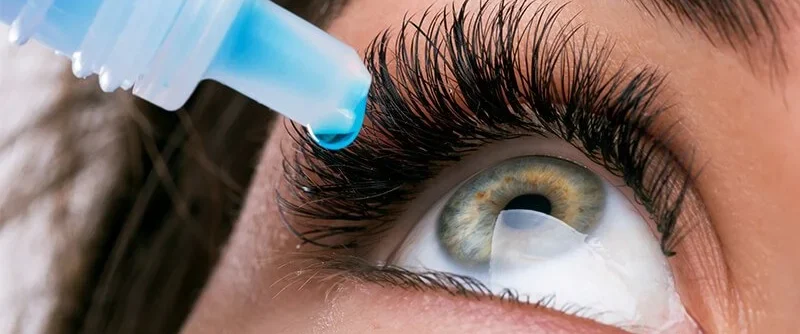Blinking and Eye Health

Blinking is a natural and instinctive process that we often take for granted. We blink countless times throughout the day without giving it much thought. However, did you know that blinking plays a crucial role in maintaining healthy eyes? In this blog post, we will explore the important connection between blinking and eye health and shed light on why proper blinking habits are essential for maintaining optimal visual well-being.
Understanding the Blinking Mechanism:
Blinking is the rapid closing and opening of the eyelids, which helps protect and lubricate the eyes. On average, we blink about 15 to 20 times per minute, but this rate can vary depending on factors such as concentration, external stimuli, and eye health conditions.
The Functions of Blinking:
Blinking serves several important functions that contribute to overall eye health. Let’s delve into a few key functions:
- Lubrication and Moisture: When we blink, tears spread across the surface of the eye, providing lubrication and moisture. This keeps the eyes nourished, prevents dryness, and helps maintain the health of the cornea and conjunctiva.
- Protection: Blinking serves as a protective mechanism to shield the eyes from foreign particles, such as dust, debris, or microorganisms. The rapid closure of the eyelids helps prevent these particles from entering and potentially damaging the delicate structures of the eye.
- Tear Film Distribution: Blinking aids in distributing the tear film evenly across the ocular surface, ensuring that the eye is properly moisturized and protected. A stable tear film is essential for clear vision and preventing discomfort associated with dry eye syndrome.
The Impact of Insufficient Blinking:
Insufficient or incomplete blinking can have adverse effects on eye health. Factors such as extended screen time, reading, or engaging in visually demanding tasks can lead to reduced blink frequency. This can result in the following issues:
- Dry Eye Syndrome: Inadequate blinking can disrupt the normal tear film distribution, leading to dry eye symptoms such as stinging, burning, redness, and eye fatigue. Prolonged periods of reduced blinking can contribute to chronic dry eye syndrome, affecting visual comfort and clarity.
- Eye Strain and Fatigue: Insufficient blinking can cause eye strain and fatigue, particularly during prolonged screen use or activities that require focused visual attention. When we don’t blink enough, the eyes become dry, leading to discomfort and strain, which can impact productivity and overall well-being.
Tips for Maintaining Healthy Blinking Habits:
To promote optimal eye health, it’s important to adopt healthy blinking habits. Here are some helpful tips:
- Blink Regularly: Be mindful of your blinking habits, particularly during visually demanding tasks. Make a conscious effort to blink regularly, even when engaged in prolonged activities.
- Take Regular Breaks: When working on digital screens or performing visually intense tasks, take regular breaks to rest your eyes.
- Use the 20-20-20 rule: Every 20 minutes, look away from the screen and focus on an object 20 feet away for 20 seconds. This helps relax the eyes and encourages blinking.
- Maintain Proper Eye Hygiene: Keep your eyes clean and free from irritants by washing your hands regularly and avoiding rubbing or touching your eyes excessively. If you wear contact lenses, follow proper hygiene practices and ensure they are well-moisturized to prevent dryness.
- Consider Artificial Tears: If you experience chronic dry eye symptoms or work in environments that contribute to dryness, consider using lubric
Keep Blinking!
Blinking is a fundamental process that serves crucial functions in maintaining healthy eyes and clear vision. From lubricating and moisturizing the eyes to protecting them from foreign particles, proper blinking habits are essential for optimal eye health. Remember, your eyes deserve attention and care. By incorporating healthy blinking habits into your daily routine, you can support your eye health, alleviate dryness and discomfort, and promote clear and comfortable vision. So, let’s make blinking a priority and give our eyes the care they deserve. Start practicing regular blinking today and enjoy the benefits of healthier, happier eyes. If you have any questions or concerns about eye care please contact SightMD today to discuss your vision today!


